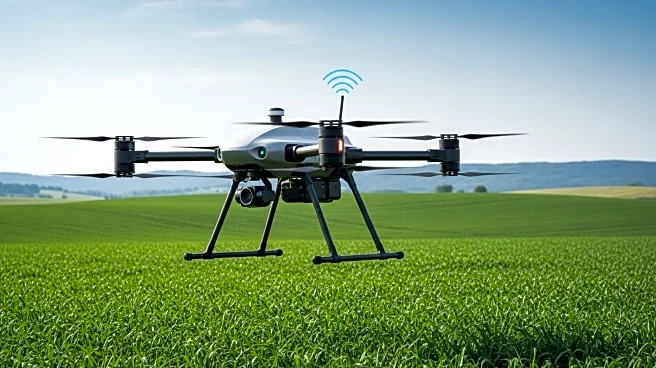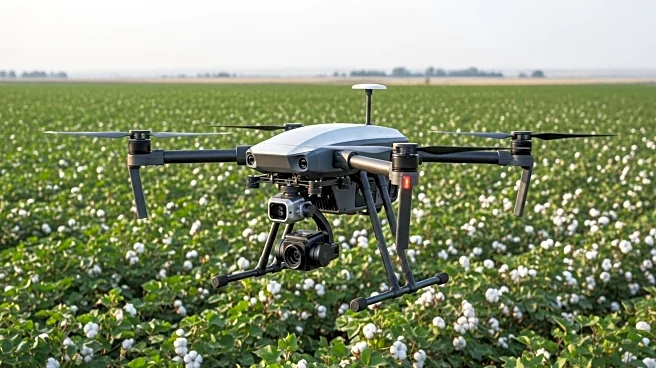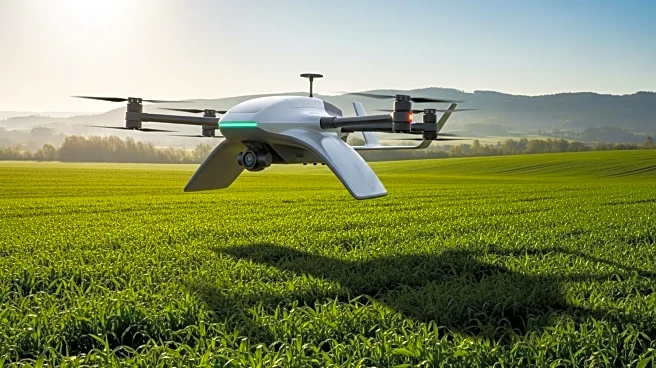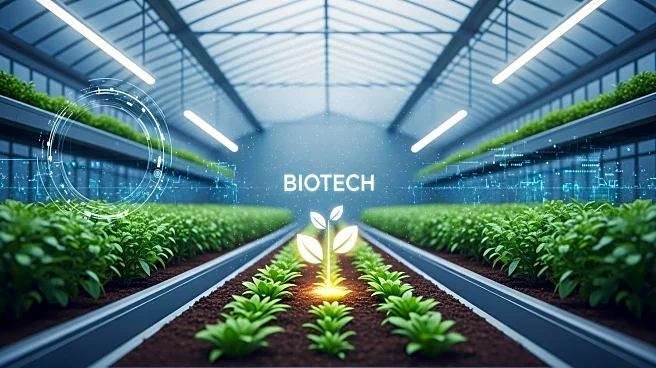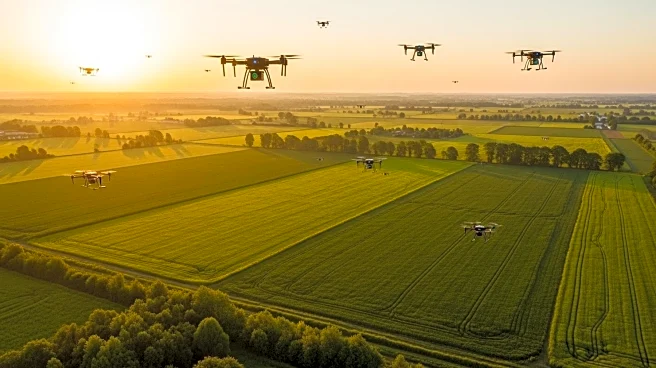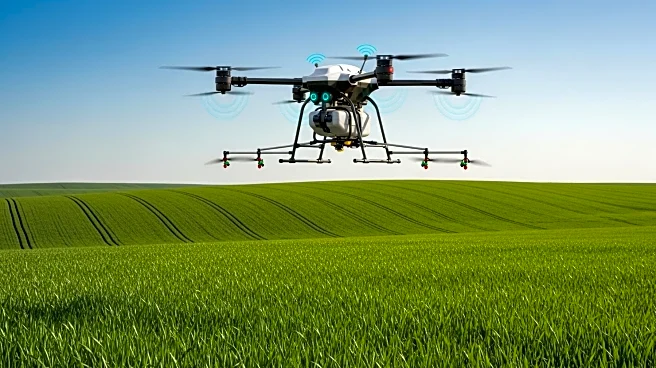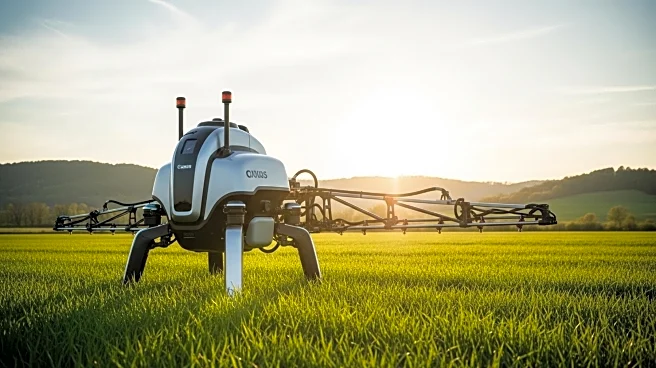What's Happening?
The United States robotics in agriculture market is expected to grow significantly, reaching $84.19 billion by 2032. This growth is driven by advancements in technology and increasing adoption of robotics in farming practices. Companies like Deere & Company, AGCO Corporation, and Trimble Inc. are leading the charge with innovations such as autonomous fruit-picking robots and precision weeding systems. These technologies aim to reduce labor costs, improve efficiency, and enhance crop yields. The market's expansion reflects a broader trend towards smart farming solutions and precision agriculture practices.
Why It's Important?
The growth of robotics in agriculture is pivotal for addressing labor shortages and increasing productivity in the farming sector. By integrating AI and automation, these technologies optimize resource utilization and ensure consistent crop quality. The adoption of robotics supports sustainable agriculture practices, reducing dependency on manual labor and minimizing environmental impact. As the demand for food increases globally, robotics offer a solution to enhance efficiency and meet production needs. The U.S. market's growth in this area positions it as a leader in agricultural innovation, influencing global trends and practices.
What's Next?
The continued development and deployment of agricultural robots are expected to transform farming practices further. Innovations in AI, machine learning, and drone technology will expand the functionality of these systems, enhancing their applications across various farming conditions. Government initiatives and subsidies promoting digital farming practices will support market growth. As robotics become more integrated into agriculture, stakeholders will need to address challenges related to technology adoption and workforce transition.
Beyond the Headlines
The rise of robotics in agriculture highlights ethical and economic considerations, such as the impact on traditional farming jobs and the need for workforce retraining. The shift towards automated systems may require new regulatory frameworks to ensure fair labor practices and environmental sustainability. Additionally, the integration of robotics in agriculture could lead to long-term shifts in industry standards, influencing global agricultural policies and practices.

